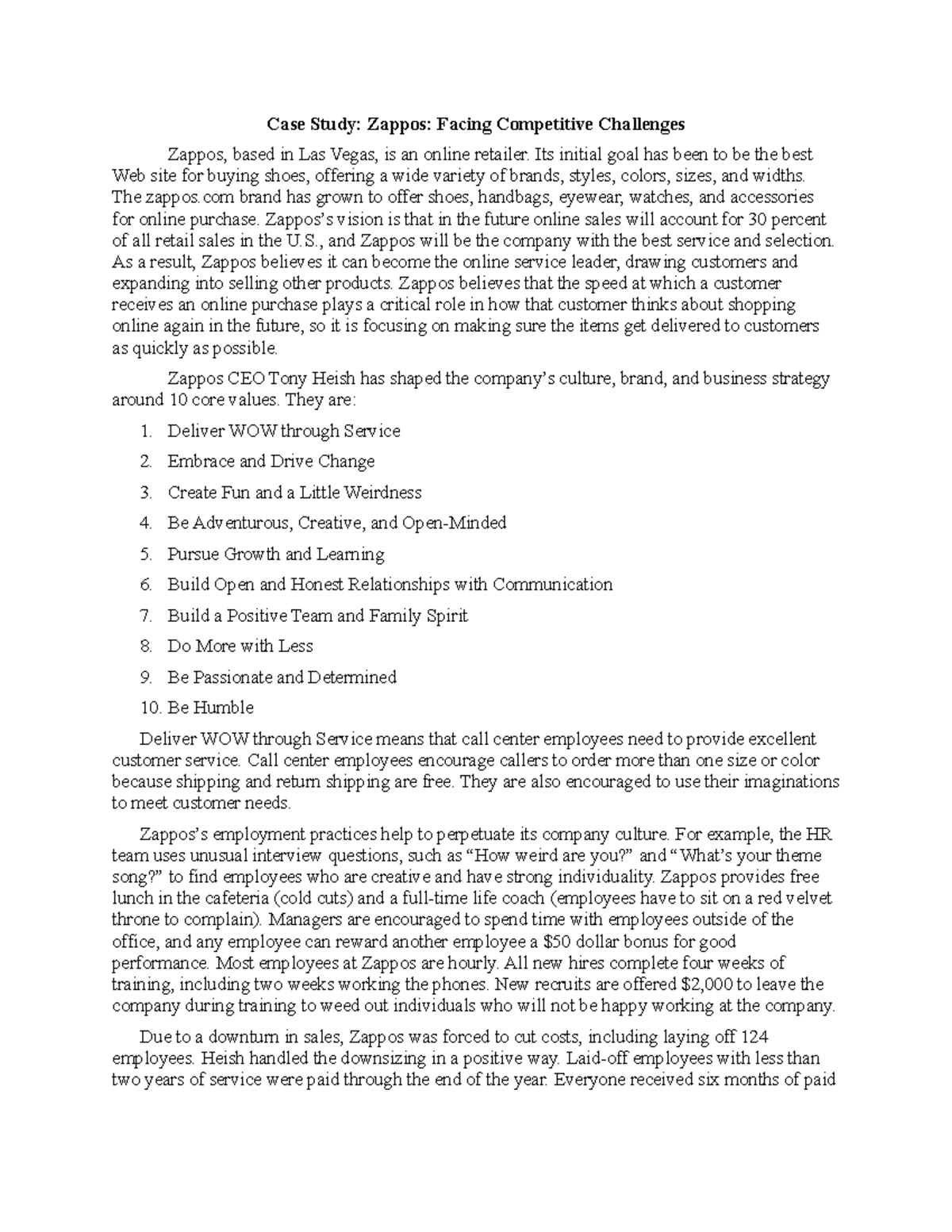China Market Challenges: Case Studies Of BMW And Porsche And Their Implications

Table of Contents
Regulatory Hurdles and Governmental Policies in China's Automotive Market
China's automotive market is heavily regulated, presenting significant challenges for international players like BMW and Porsche. Import tariffs, stringent emission standards, and localization requirements significantly impact pricing, production strategies, and overall profitability. These China automotive regulations necessitate tailored strategies to remain competitive.
-
Impact on Pricing and Production: High import tariffs increase the cost of imported vehicles, making them less competitive against locally produced cars. This has pushed both BMW and Porsche to increase local manufacturing to reduce costs and circumvent these tariffs. Stringent emission standards also necessitate significant investments in research and development to meet compliance requirements.
-
Contrasting Responses: BMW adopted a strategy of aggressive localization, establishing joint ventures and manufacturing facilities within China. This allowed them to leverage local resources and expertise while mitigating the impact of import tariffs. Porsche, while also increasing local production, has maintained a stronger emphasis on importing certain high-end models, catering to a segment of the market willing to pay a premium.
-
Effectiveness of Strategies: While both strategies have seen success, BMW's localization approach has allowed them to capture a larger market share, while Porsche’s focus on premium models has maintained a strong brand image and higher profit margins within a niche market. The effectiveness clearly depends on the specific brand strategy and target market segment.
Competition and Market Saturation in the Chinese Luxury Car Segment
The Chinese luxury car market is fiercely competitive. Established international brands face competition not only from other global players but also from rapidly growing domestic brands like BYD and Nio. Maintaining market share requires astute brand positioning and a deep understanding of evolving consumer preferences.
-
Market Share Analysis: While BMW and Porsche both hold significant market share in the luxury segment, their positions are constantly challenged. The rise of domestic brands has intensified the competition, forcing both companies to innovate and adapt to retain their customer base.
-
Marketing Strategies: Both brands employ sophisticated marketing strategies targeting affluent Chinese consumers. This includes leveraging digital marketing channels, employing celebrity endorsements, and tailoring marketing messages to resonate with Chinese cultural values. However, the effectiveness varies based on the chosen channels and messaging.
-
Campaign Successes and Failures: Some campaigns have successfully capitalized on the desire for status symbols, while others have fallen short due to misinterpretations of cultural nuances or ineffective targeting. Continuous monitoring and adaptation are vital for maintaining a competitive edge.
Understanding Chinese Consumer Preferences and Cultural Nuances
Understanding Chinese consumer behavior is paramount for success in the Chinese luxury car market. Chinese consumers demonstrate a unique blend of brand loyalty, a strong preference for digital experiences, and a high sensitivity to social status and brand image. BMW and Porsche have both had to adapt their marketing and product offerings to resonate with this evolving consumer landscape.
-
Successful and Unsuccessful Campaigns: Successful campaigns often leverage social media influencers and incorporate elements of Chinese culture and aesthetics. Unsuccessful campaigns frequently fail to capture the cultural nuances, leading to misinterpretations and negative brand perception.
-
Importance of Digital Marketing: Digital marketing is crucial in reaching the tech-savvy Chinese consumer. WeChat, in particular, plays a significant role in building brand awareness and engaging directly with customers.
-
Cultural Nuances and Brand Perception: The importance of "face" (面子, miànzi) and social status significantly influences brand choices. Luxury car brands need to carefully cultivate their image to project an aura of prestige and exclusivity that aligns with Chinese cultural values.
Supply Chain Management and Logistics in China
Efficient supply chain management and logistics are critical for success in China. However, the country presents unique challenges, including infrastructure complexities, labor relations, and the potential for unforeseen disruptions. BMW and Porsche have had to adapt their operational strategies to navigate these complexities.
-
Challenges in Supply Chain Management: Infrastructure limitations, particularly in less developed regions, can lead to logistical delays and increased transportation costs. Labor relations also require careful management to ensure consistent production and minimize disruptions.
-
Strategies for Risk Mitigation: Both brands have implemented strategies to mitigate these risks, including diversifying their supplier base, investing in advanced logistics technologies, and establishing robust contingency plans.
-
Comparing Approaches: Different approaches to supply chain management exist, with some companies opting for a highly localized approach, while others maintain a more centralized model. The optimal approach depends on the specific needs and risk tolerance of each company.
Conclusion
The China market challenges faced by BMW and Porsche highlight the critical need for international companies to thoroughly understand the intricacies of the Chinese market before entering or expanding within it. Regulatory hurdles, intense competition, and cultural nuances all significantly impact business strategies and profitability. BMW's focus on localization and Porsche's emphasis on premium offerings represent two contrasting yet successful approaches. However, both brands continually adapt to the ever-changing landscape.
The implications for other international companies are clear: thorough market research, adaptable strategies, a deep understanding of Chinese consumer behavior, and a robust plan to navigate regulatory frameworks are essential. Ignoring these China market challenges can lead to significant financial losses and reputational damage. We encourage you to delve deeper into these specific areas to develop a robust strategy for success in this dynamic and rewarding, albeit challenging, market. Further research into specific regulatory updates, consumer trend analyses, and localized marketing strategies will provide invaluable insights for navigating the unique complexities of the Chinese market.

Featured Posts
-
 Did Ag Pam Bondi Possess The Jeffrey Epstein Client List An Examination Of Claims
May 10, 2025
Did Ag Pam Bondi Possess The Jeffrey Epstein Client List An Examination Of Claims
May 10, 2025 -
 Palantir Pltr Stock Wall Streets Outlook Before May 5th
May 10, 2025
Palantir Pltr Stock Wall Streets Outlook Before May 5th
May 10, 2025 -
 Woman Kills Man In Racist Stabbing Attack Unprovoked Violence
May 10, 2025
Woman Kills Man In Racist Stabbing Attack Unprovoked Violence
May 10, 2025 -
 Identifying And Analyzing The Countrys Newest Business Centers
May 10, 2025
Identifying And Analyzing The Countrys Newest Business Centers
May 10, 2025 -
 Plantation De Vignes A Dijon Projet De 2500 M Aux Valendons
May 10, 2025
Plantation De Vignes A Dijon Projet De 2500 M Aux Valendons
May 10, 2025
